While the pandemic has been tough on small to medium enterprises (SMEs), entrepreneurs are starting to see the light at the end of the tunnel. However, data from the recent RFI Global SME surveys indicate the light might not be as bright for female entrepreneurs.
The data shows female-led SMEs were less satisfied with the banking support they received during the pandemic and less satisfied with their current banking relationship than male-led SMEs.
A high proportion of female-led SMEs operate online which should help recovery from the pandemic as they leverage e-commerce market growth.
Female entrepreneurs are more likely to operate in hard-hit sectors such as retail, tourism and personal services. Another underlying factor may be women still bearing a disproportionate share of care responsibilities in households, which only increased through the pandemic. Fortunately, a high proportion of female-led SMEs operates online which should help recover from the pandemic as they leverage e-commerce market growth.
Banks and financial institutions have a key role to play in providing support in key priority areas. Funding and financing continue to be at the forefront for all SMEs. Female-led SMEs specifically are more likely than male-led SMEs to value flexibility. Repayment flexibility was the second-highest ranked factor influencing women-led SMEs’ choice of a lending provider. This bodes well for fintech and buy now, pay later (BNPL) lenders with a wide range of repayment options.
The infographic below highlights data on the challenges female-led SMEs face across Asia. Female entrepreneurs are already starting to see more support from their banks, ranging from financing to developing business networks. More financial institutions should follow suit and support female-led SMEs when they need it the most.
*This article was originally published on ANZ Bluenotes






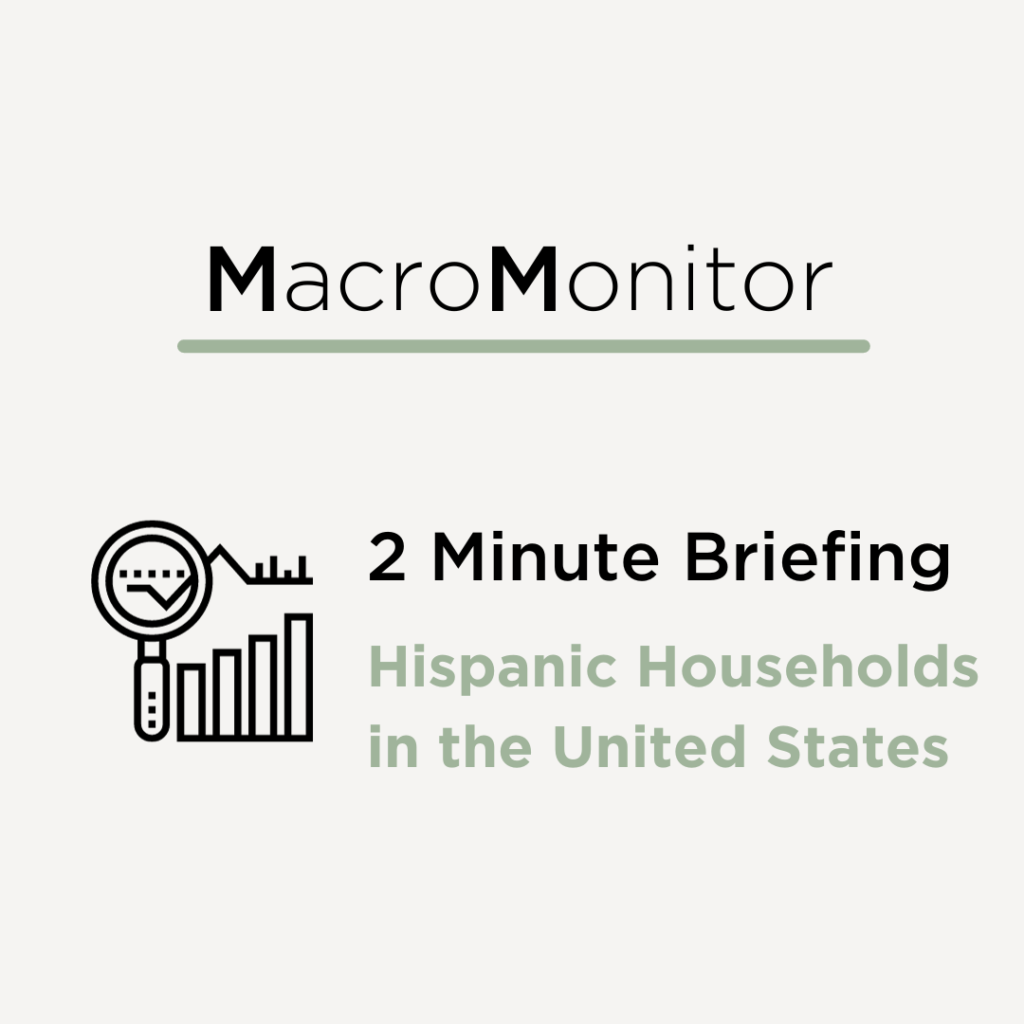



















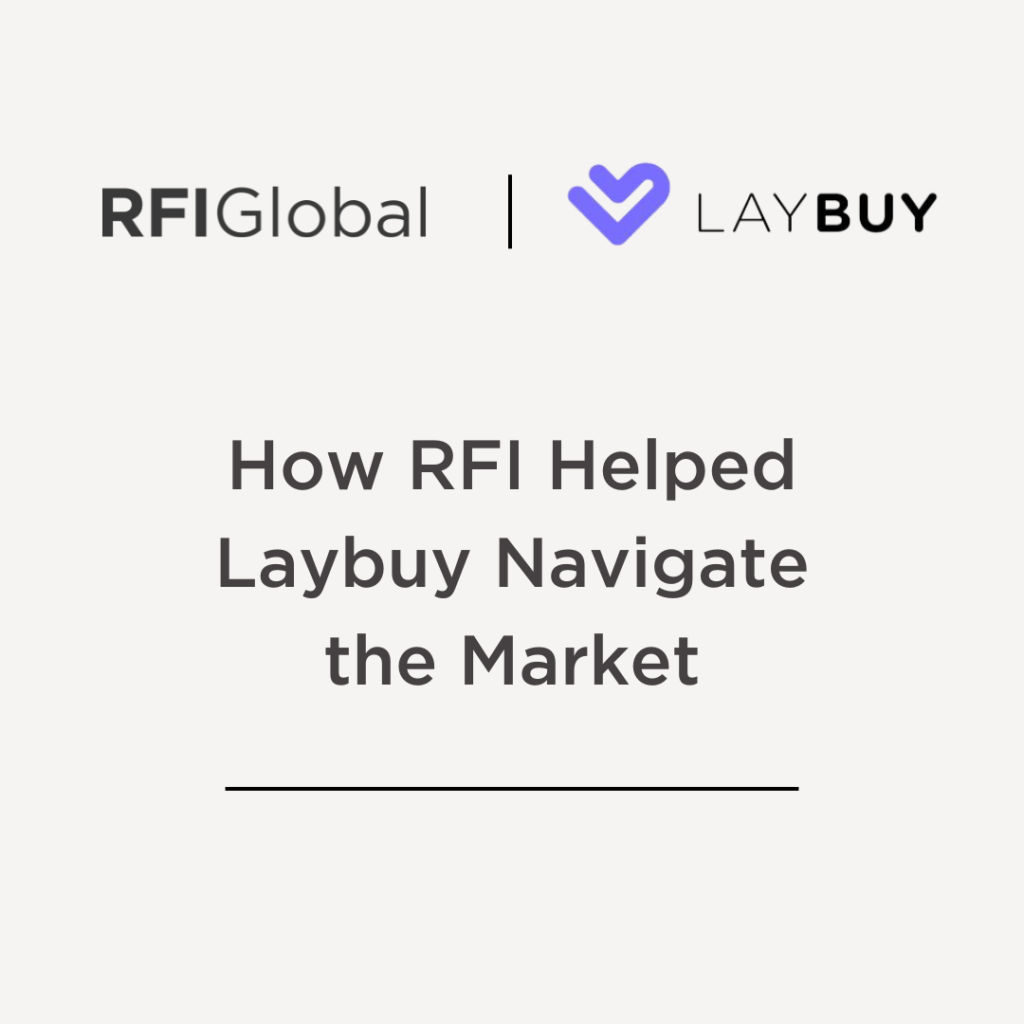





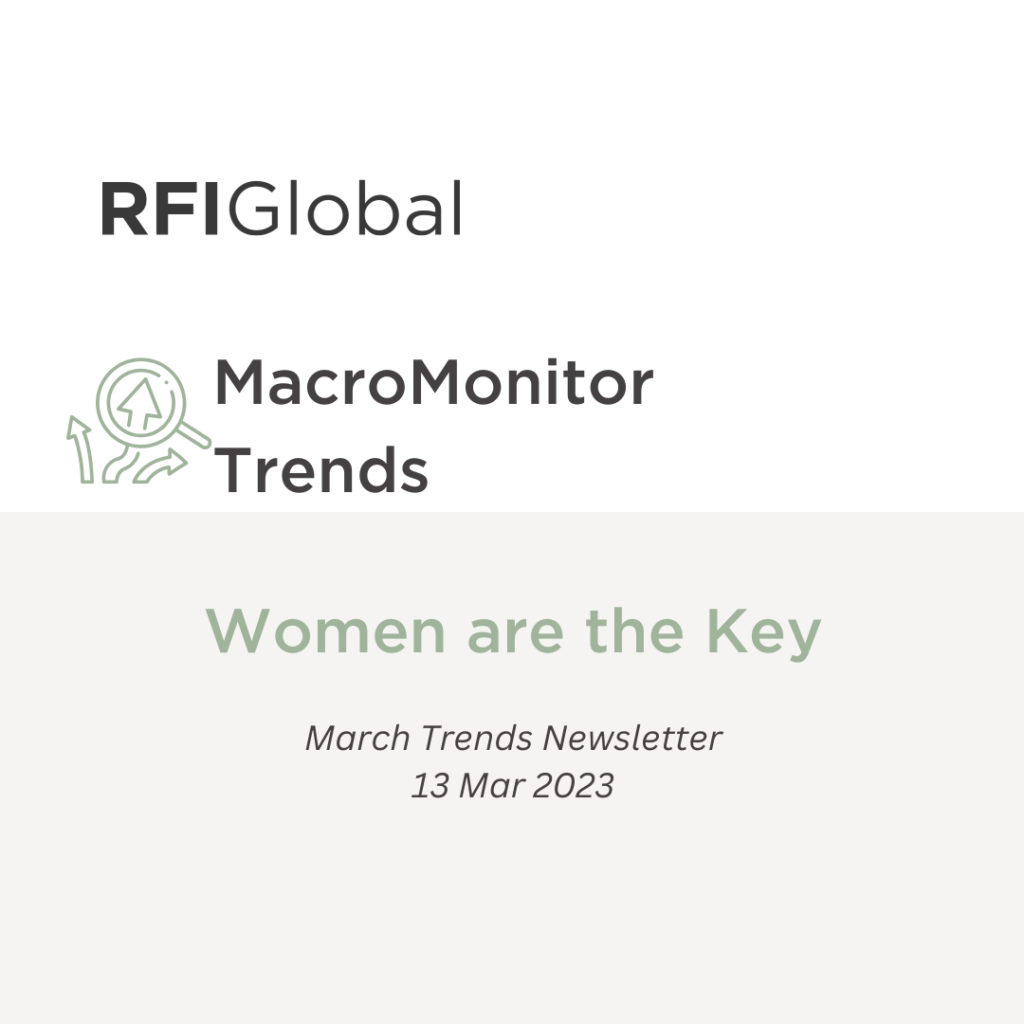


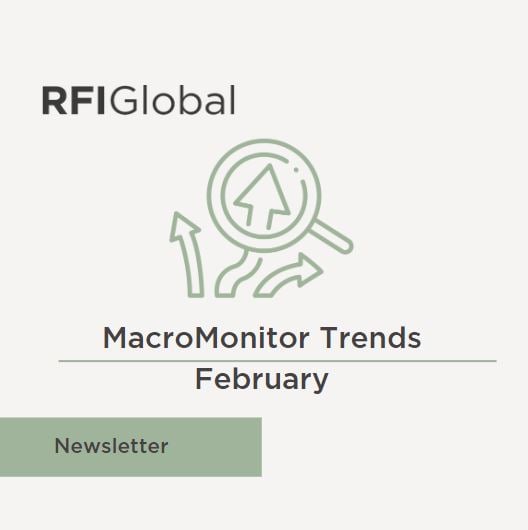


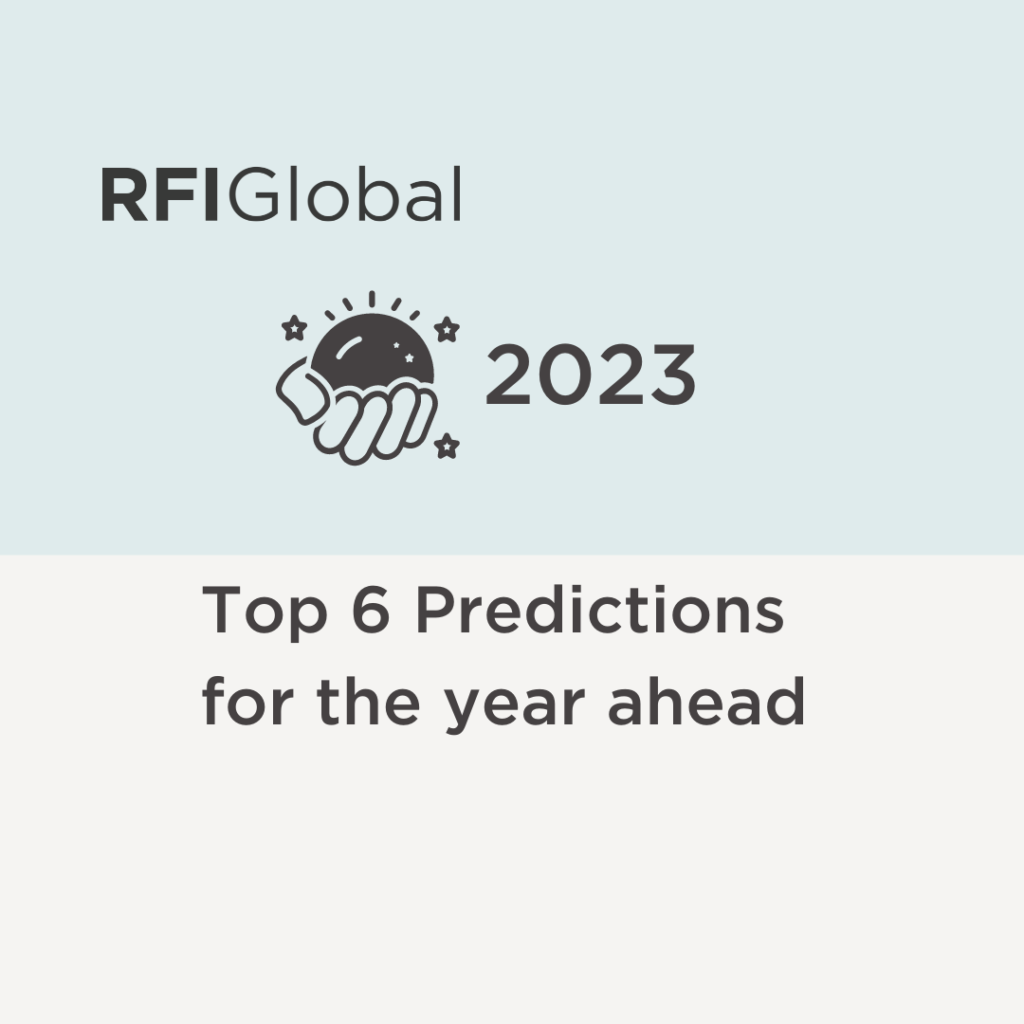
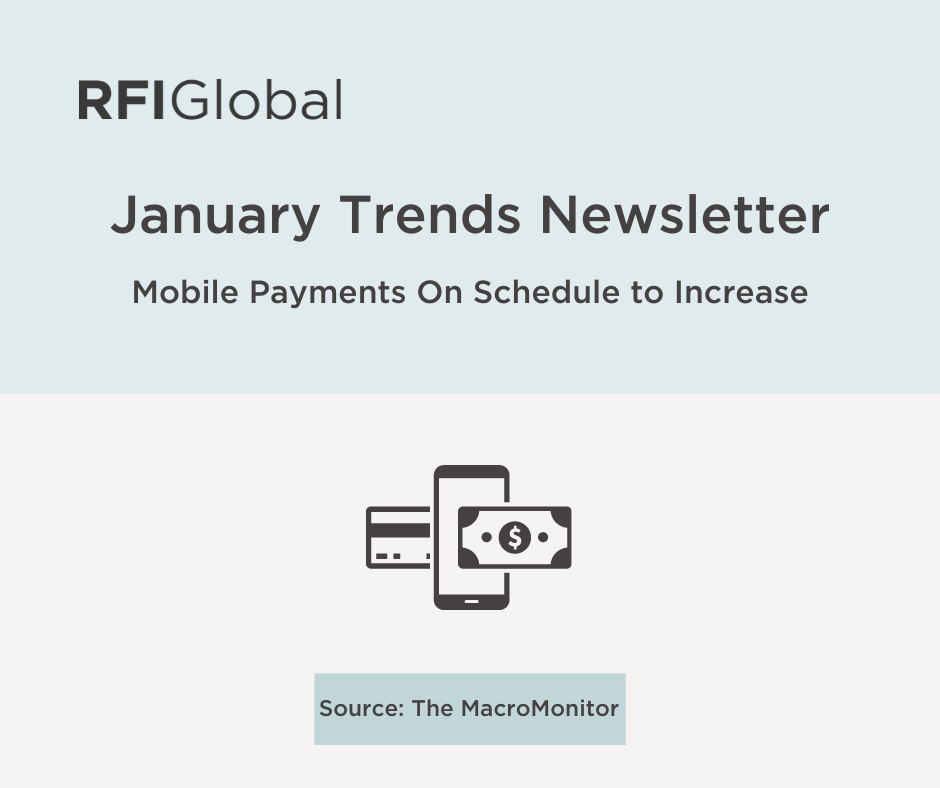
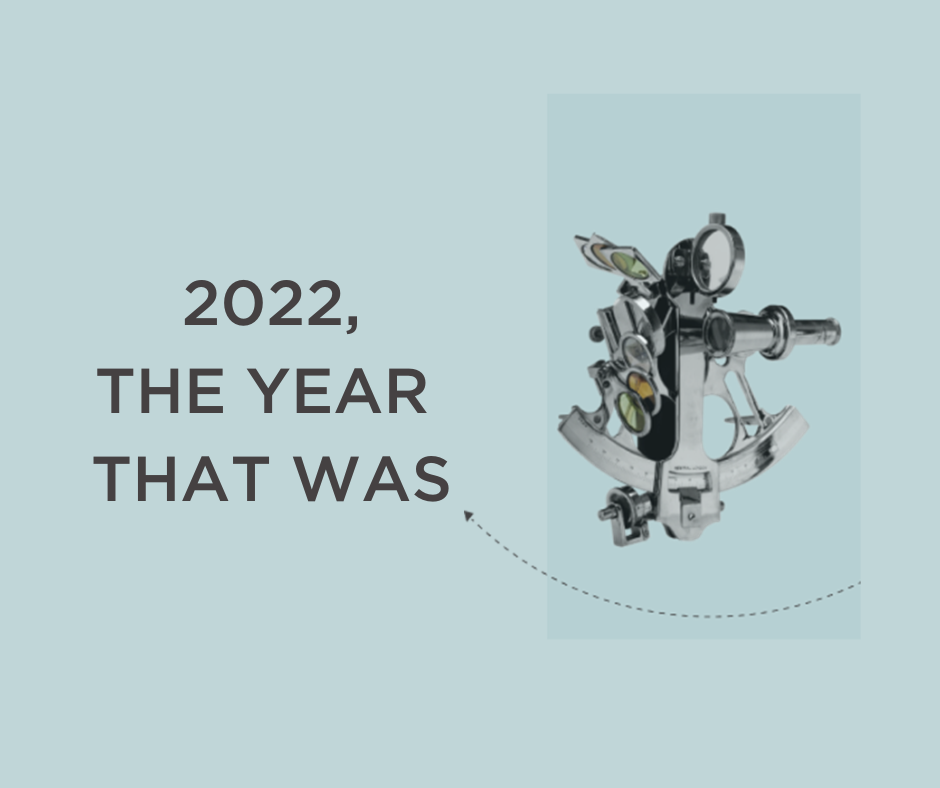

























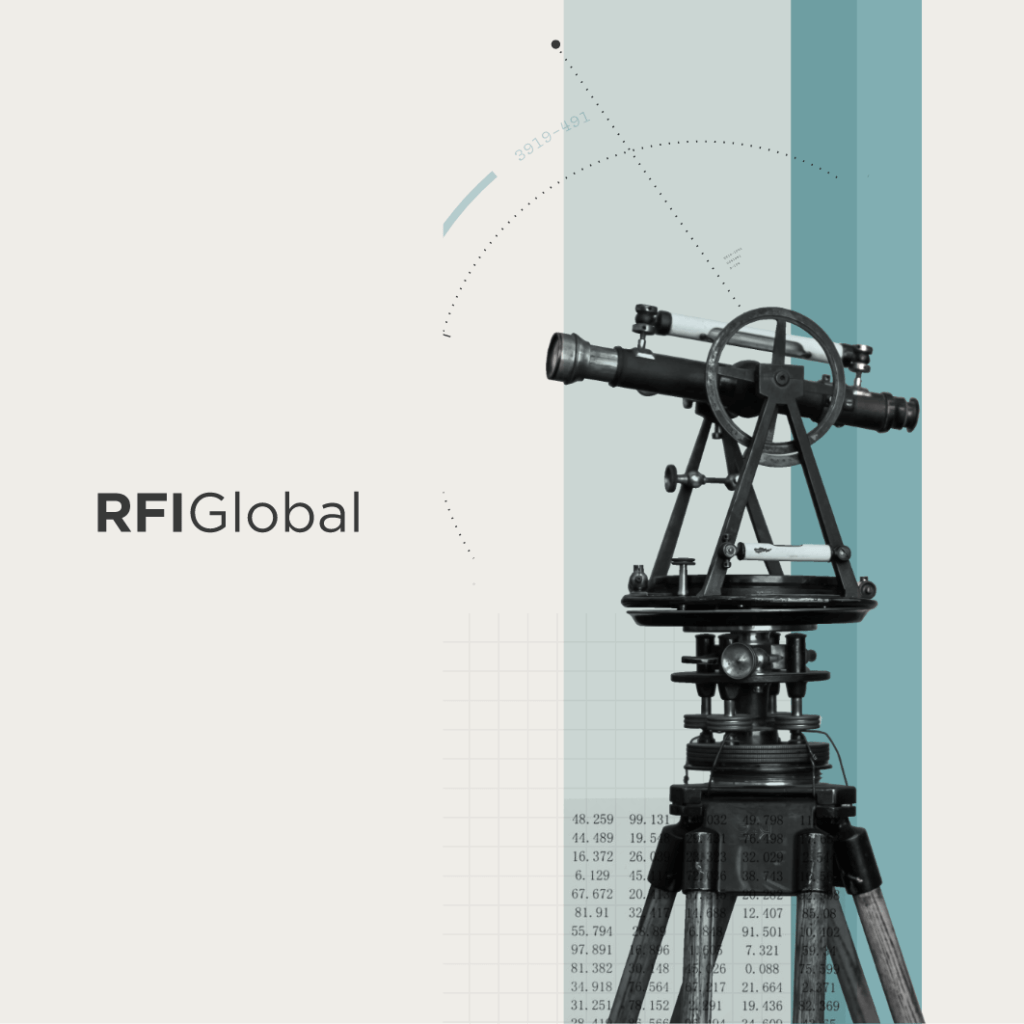


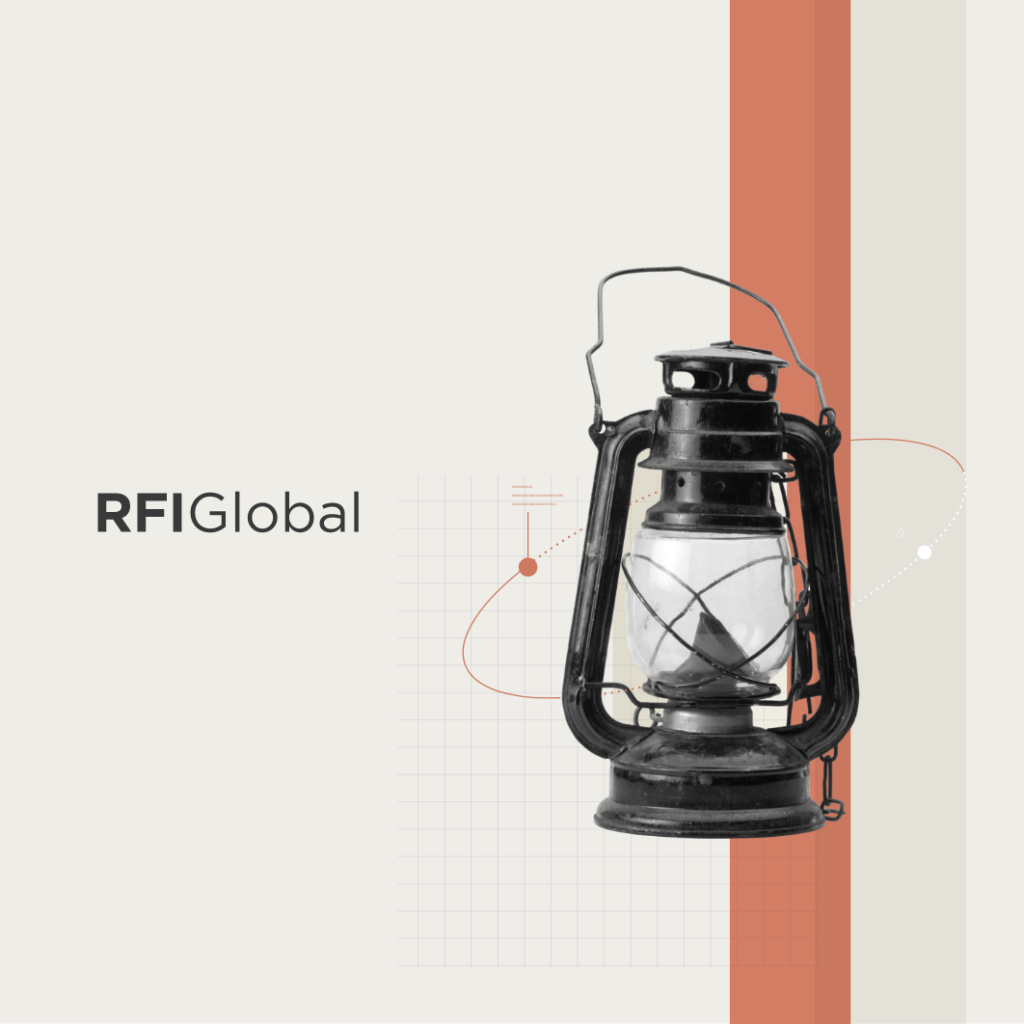
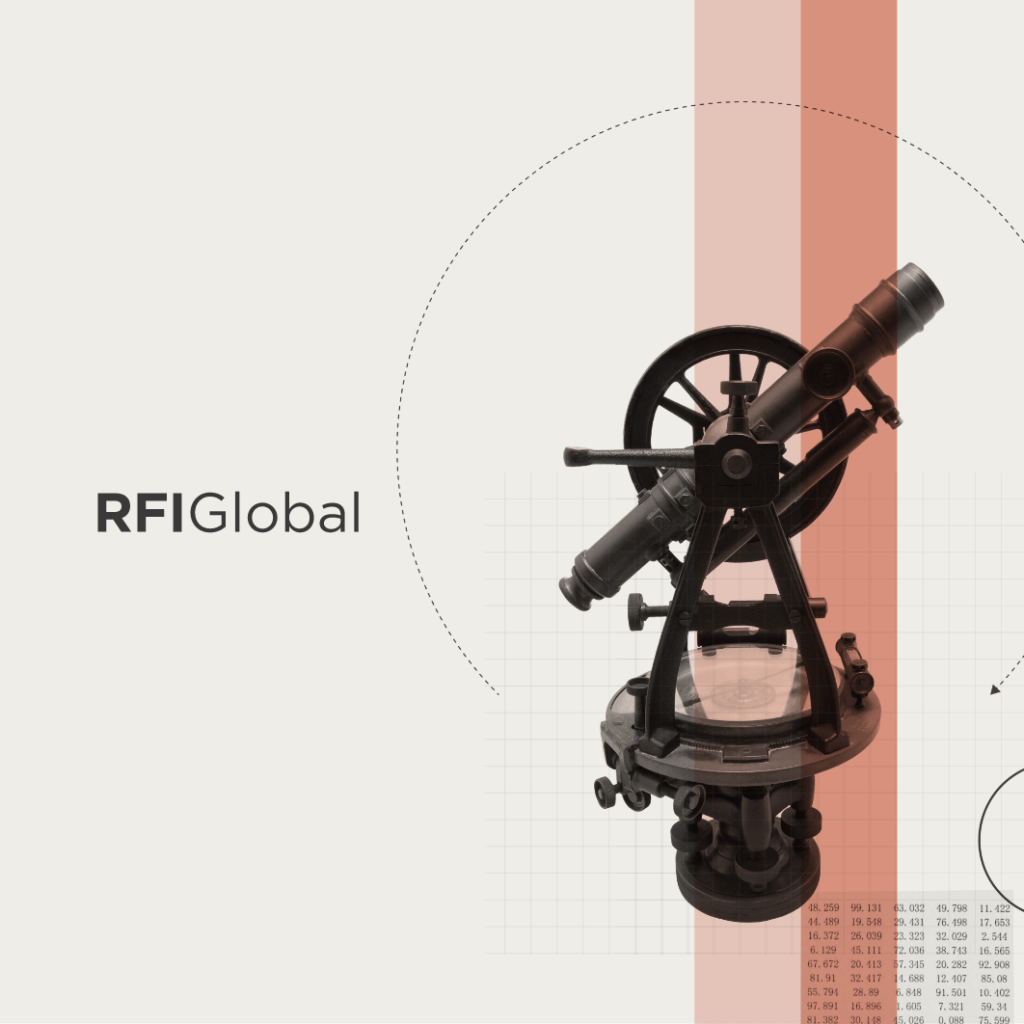
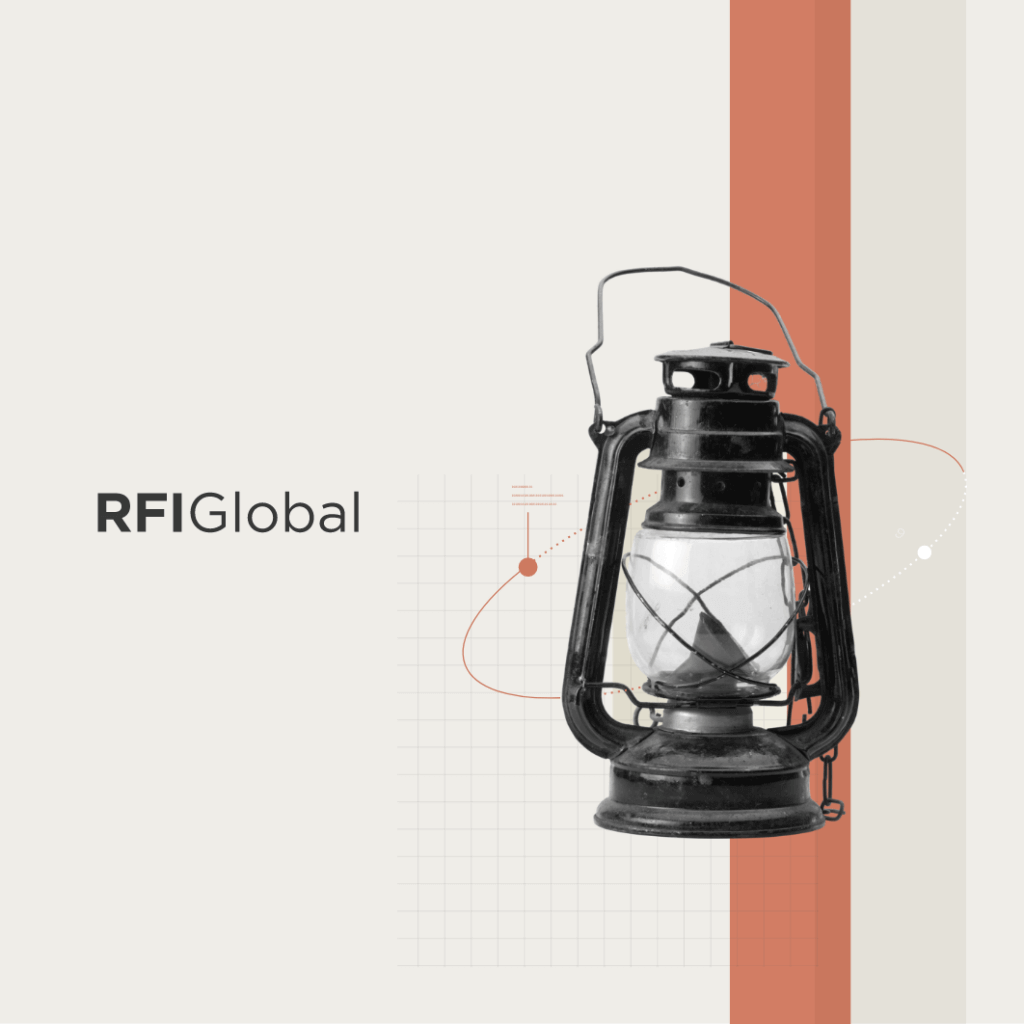
/NQA-ISO-27001-Logo-UKAS.jpg)